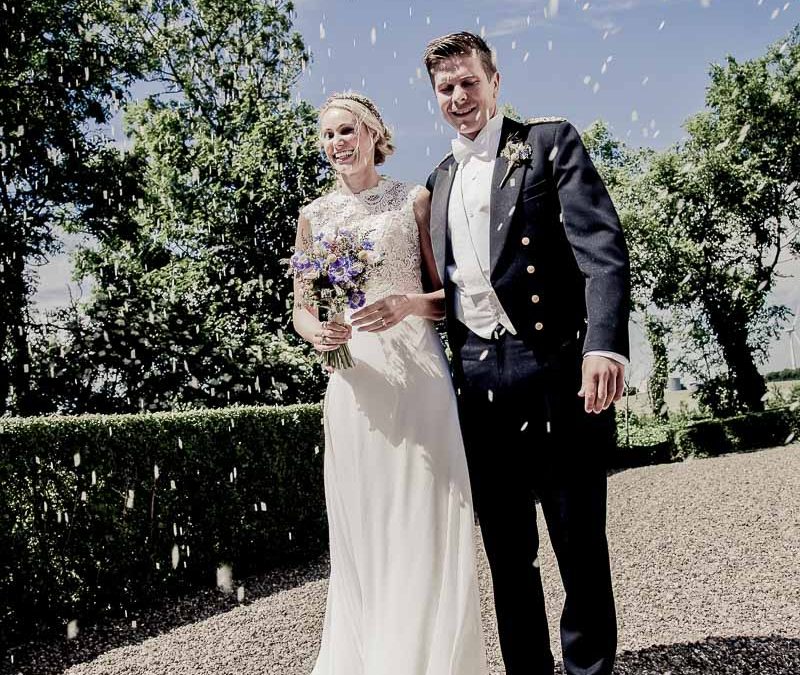Choosing you Officiant
If you are planning a ceremony – For some, choosing a clergy-member is easy, if you have been a member of a parish for any length of time. For others, this can be an emotional decision. If you are both from a different religion, you may need to consider the differences in beliefs in both and talk about what is important and compromise.
Once a decision has been made and any compromises made, meet with your clergy. You will want to get a sense of his/her style and personality. Are they sincere and interested in your plans and dreams as a new couple, do they welcome you and invite you to join the house of worship?
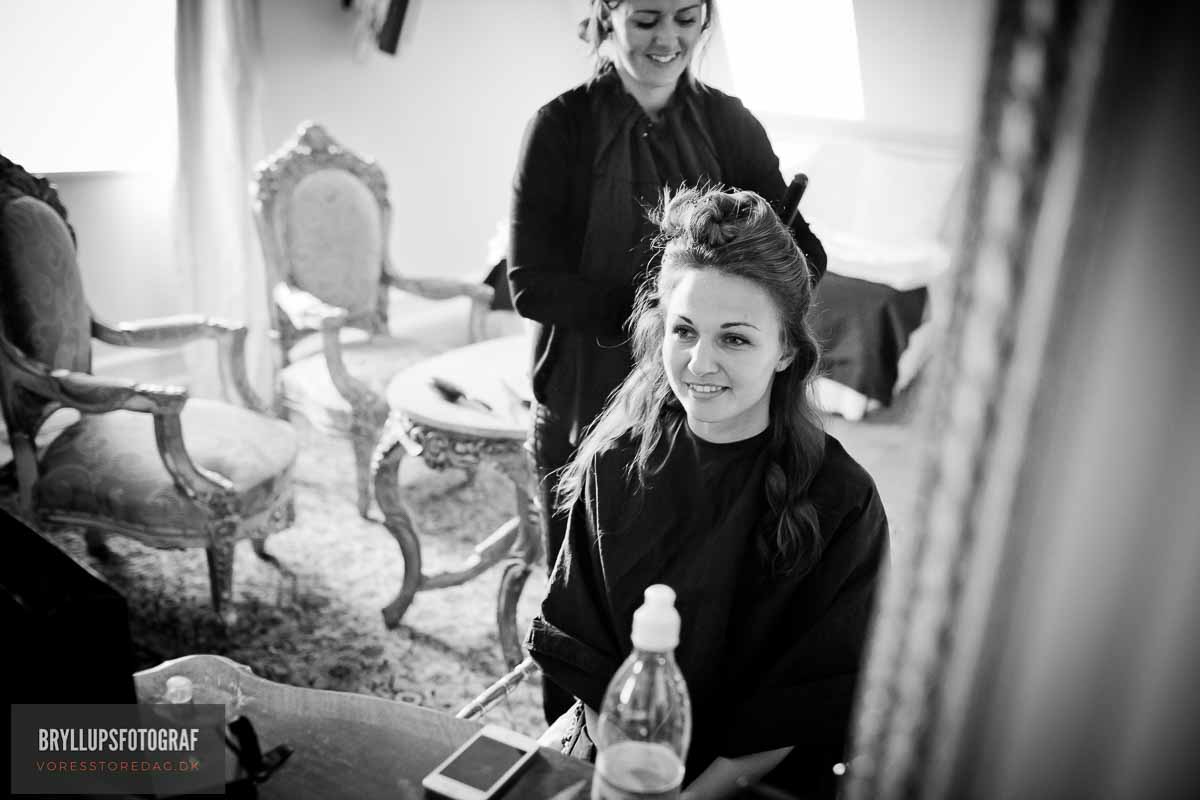
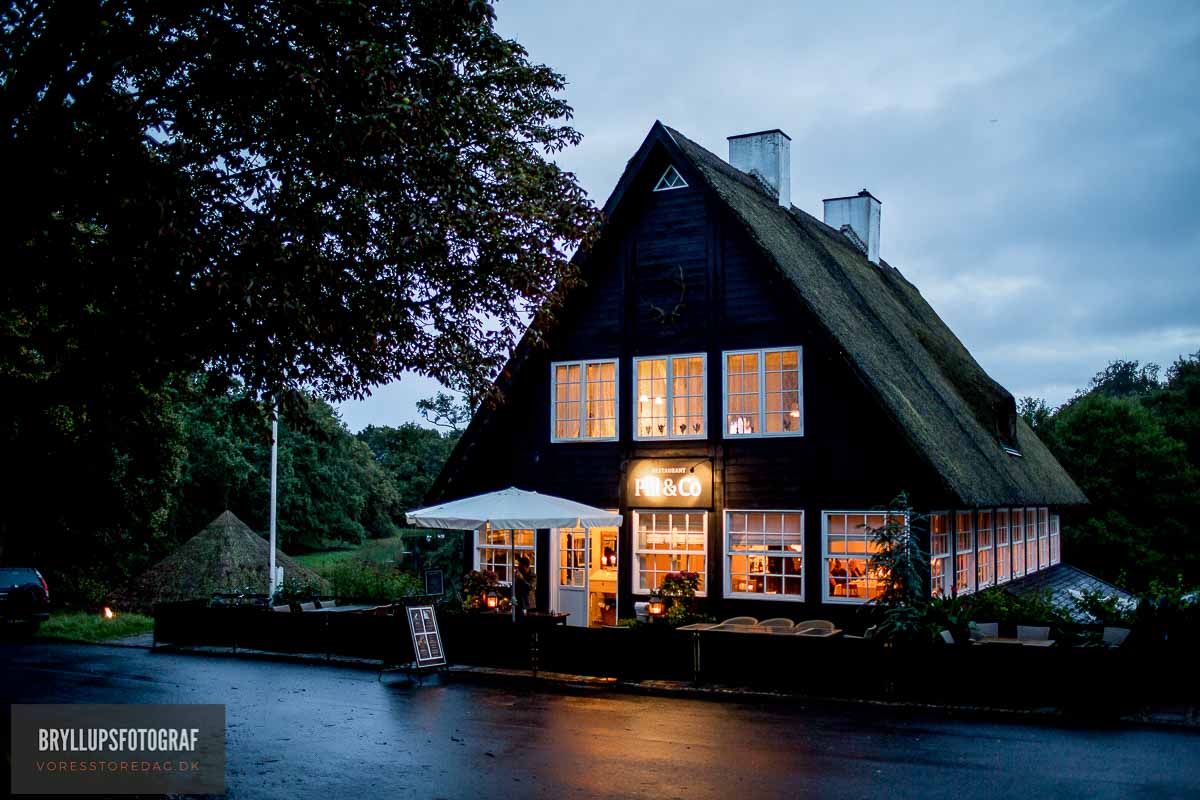
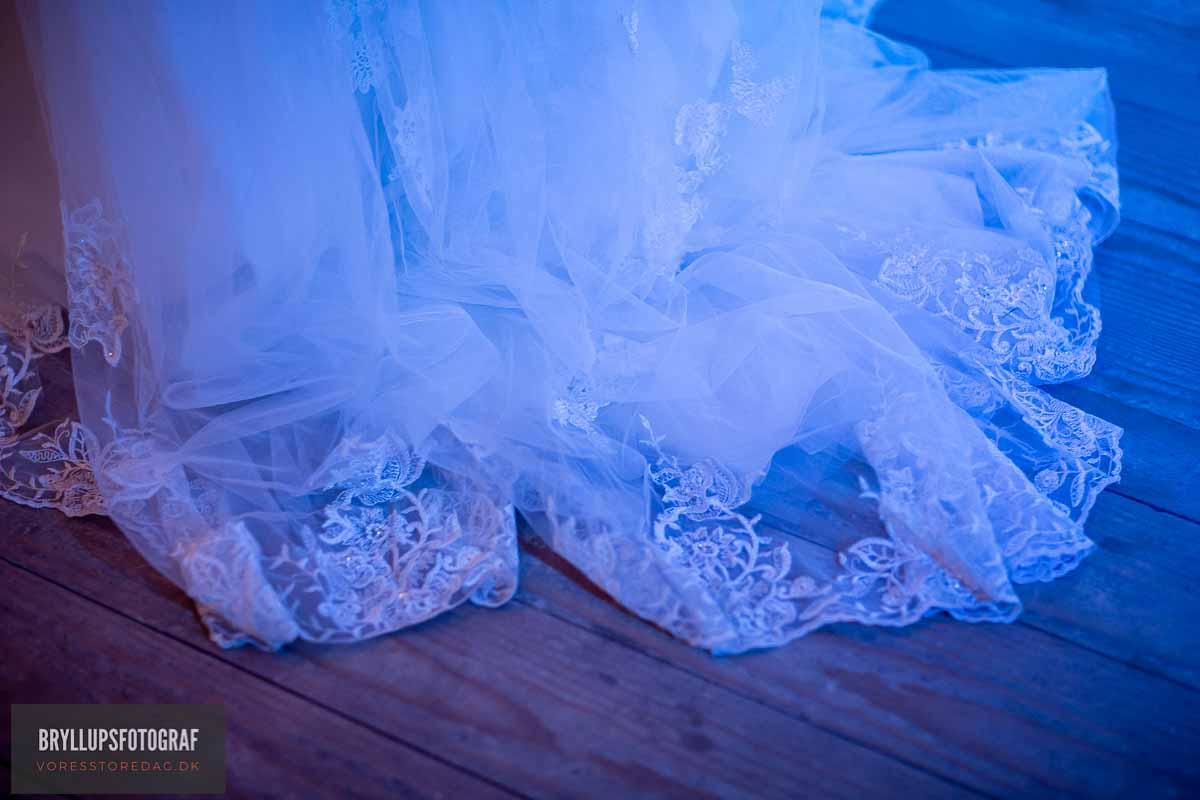
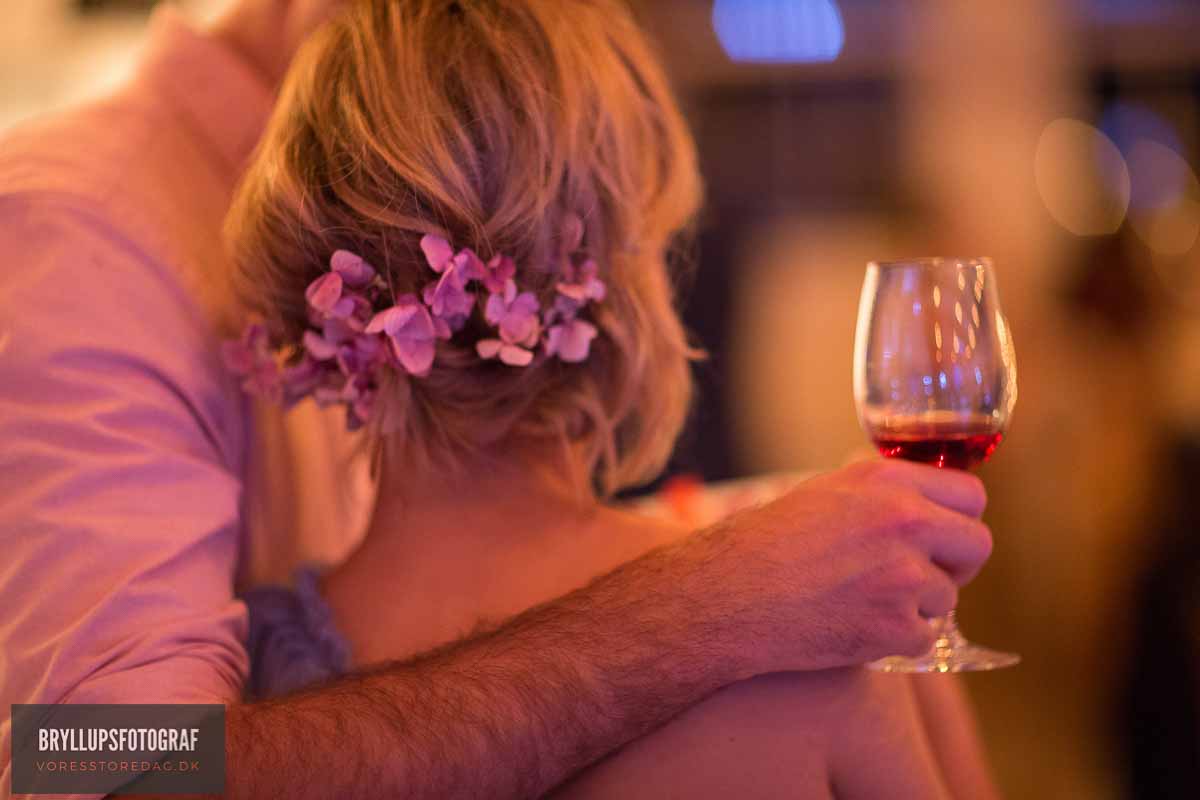

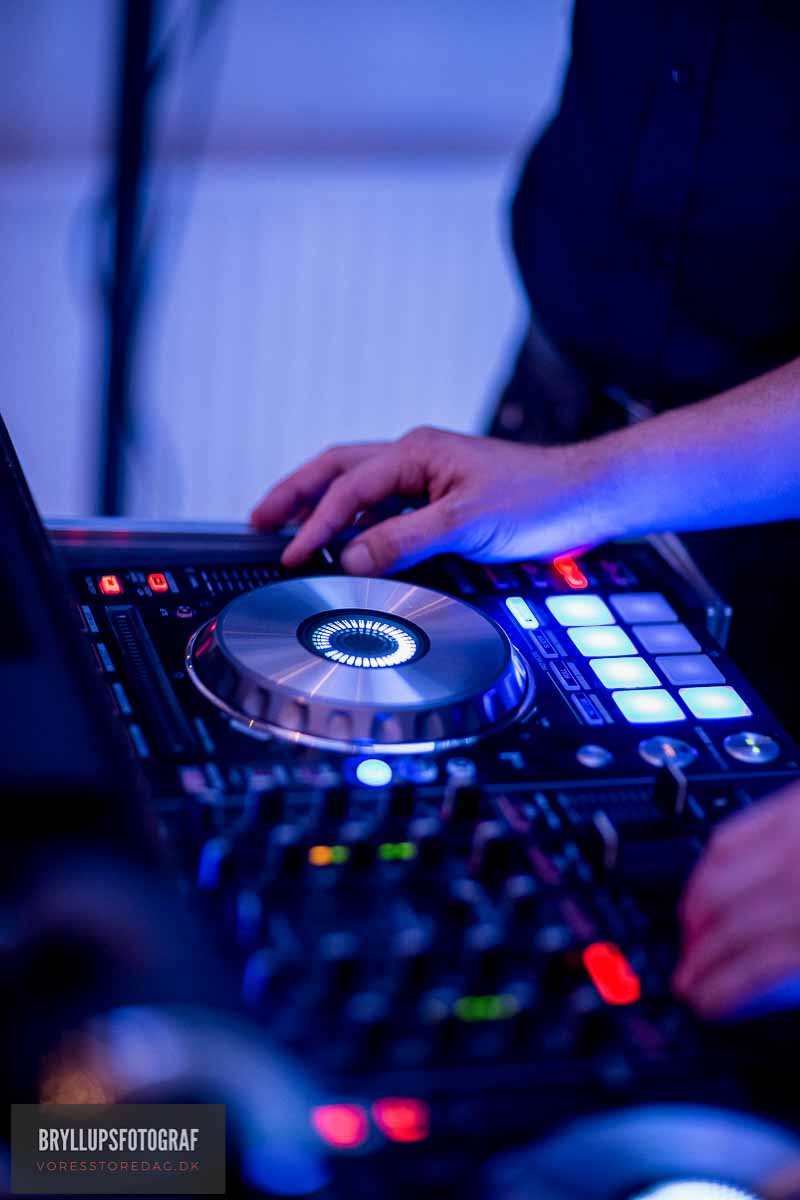

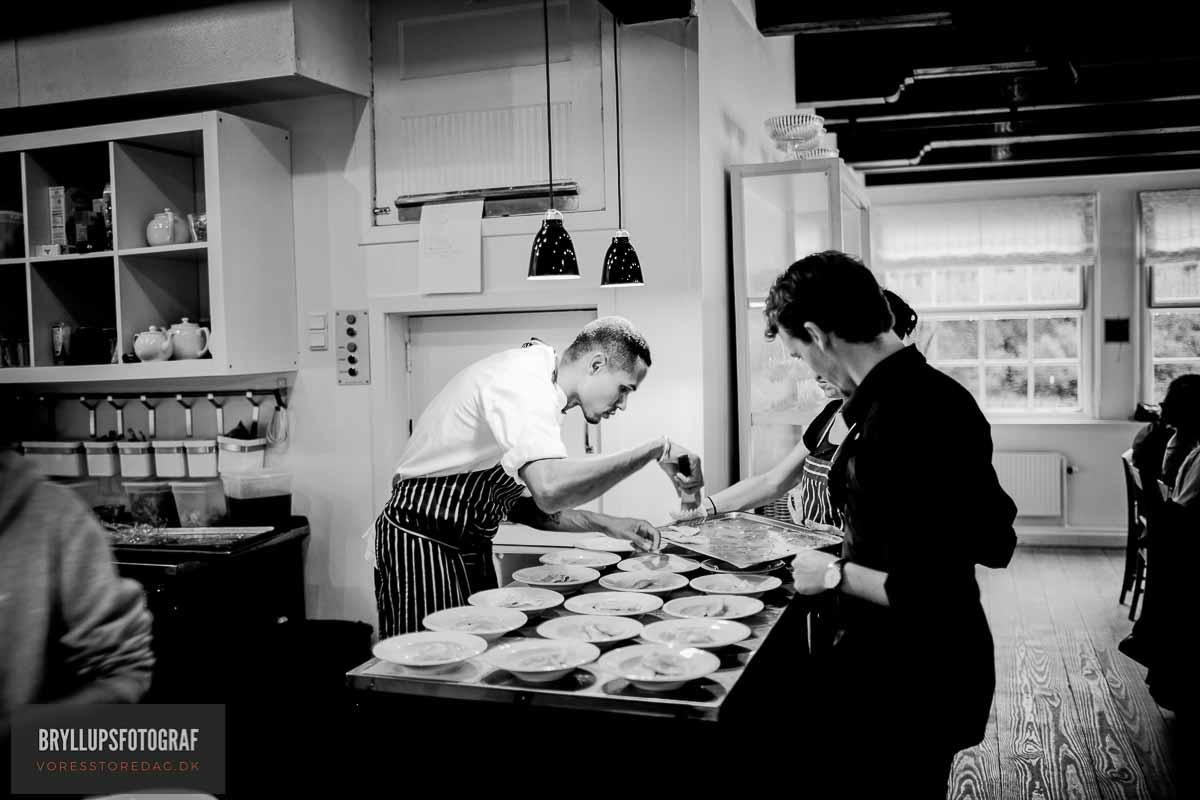
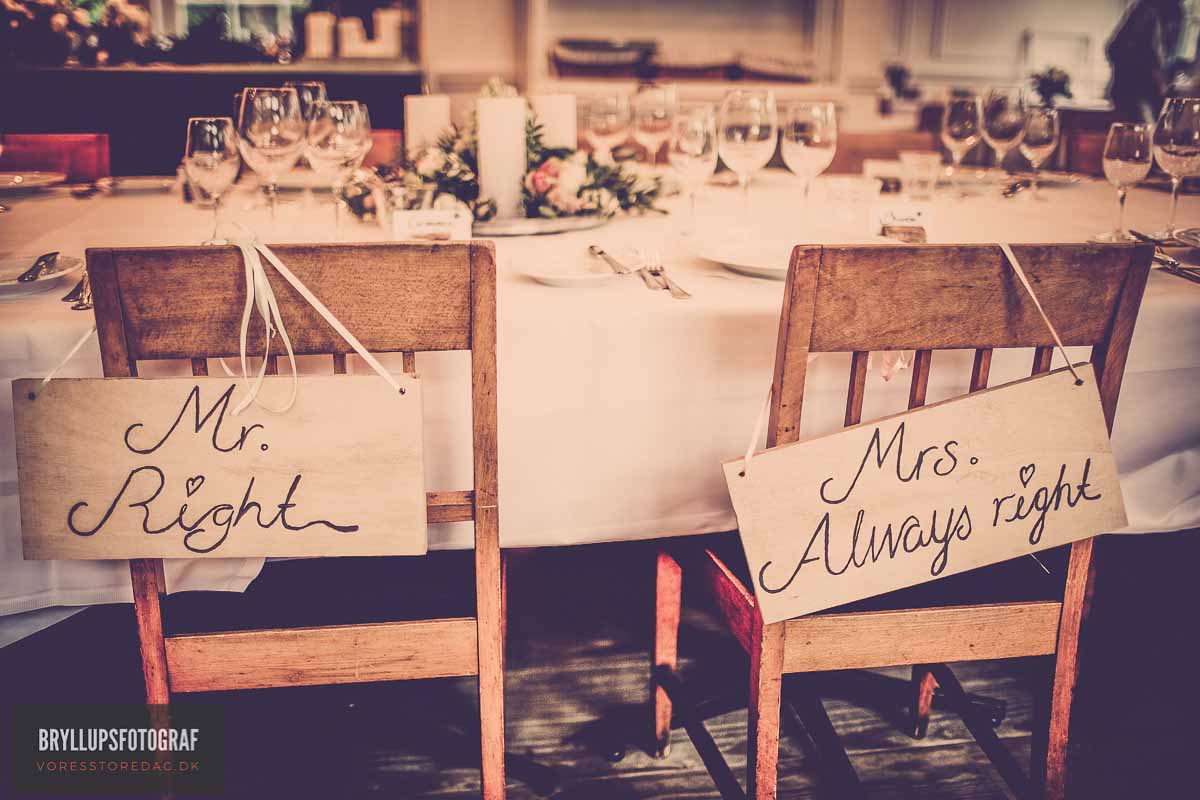
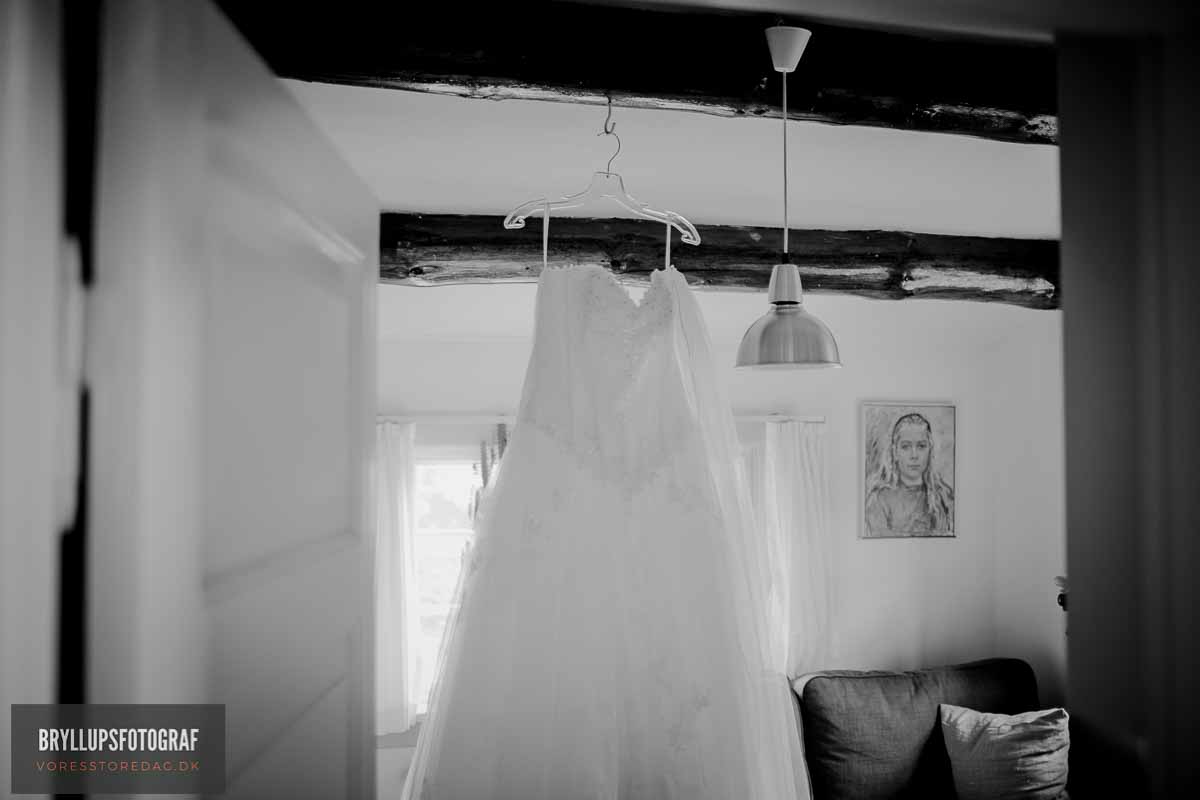

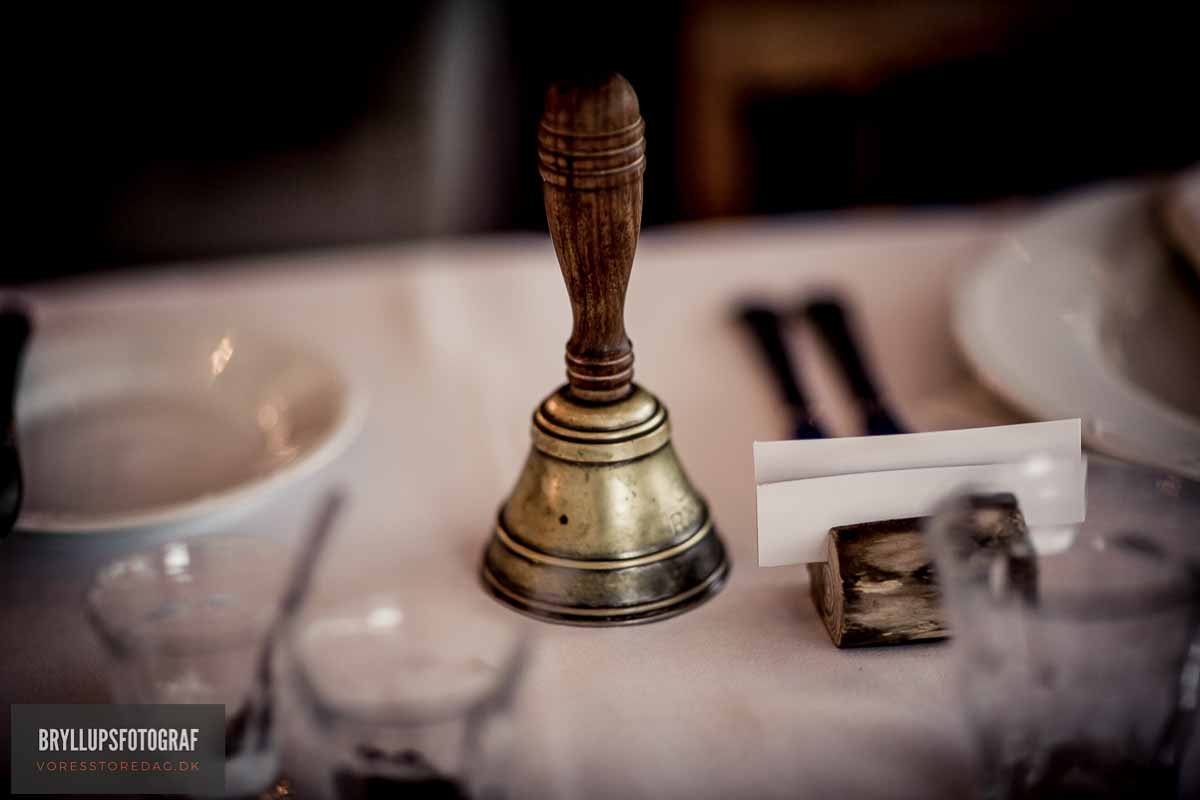
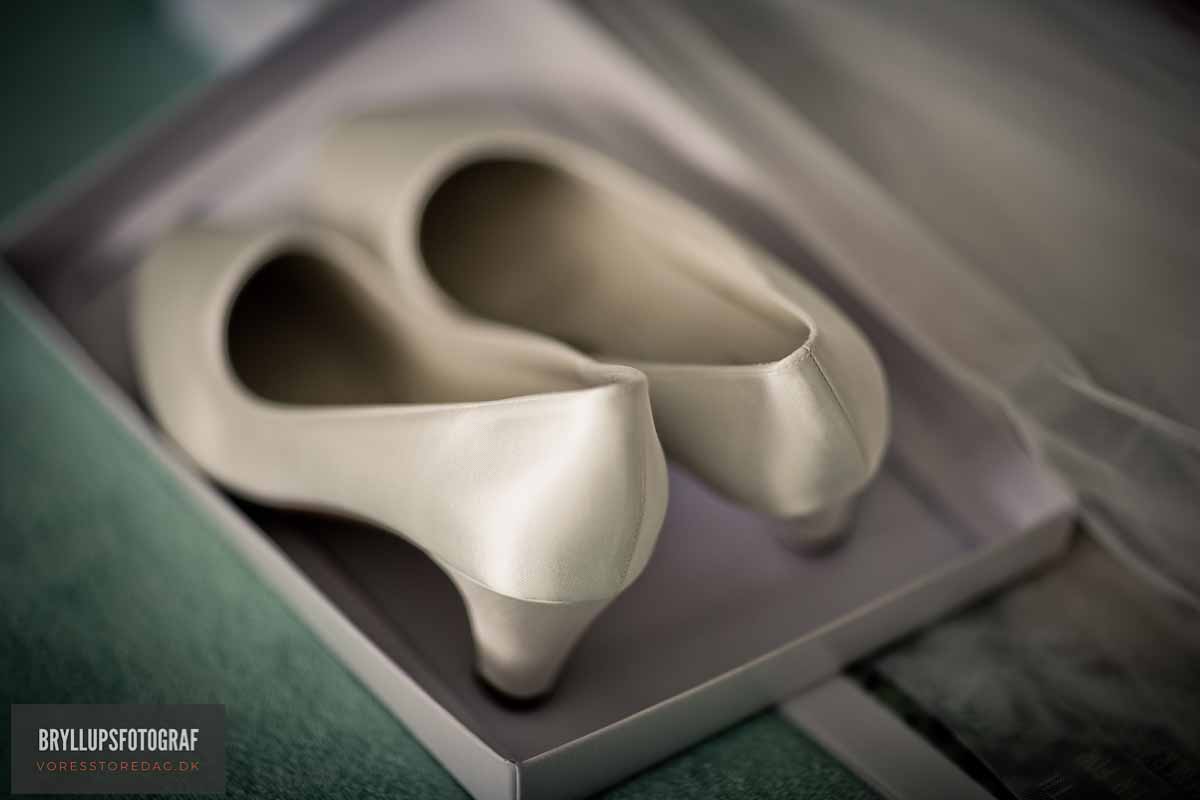
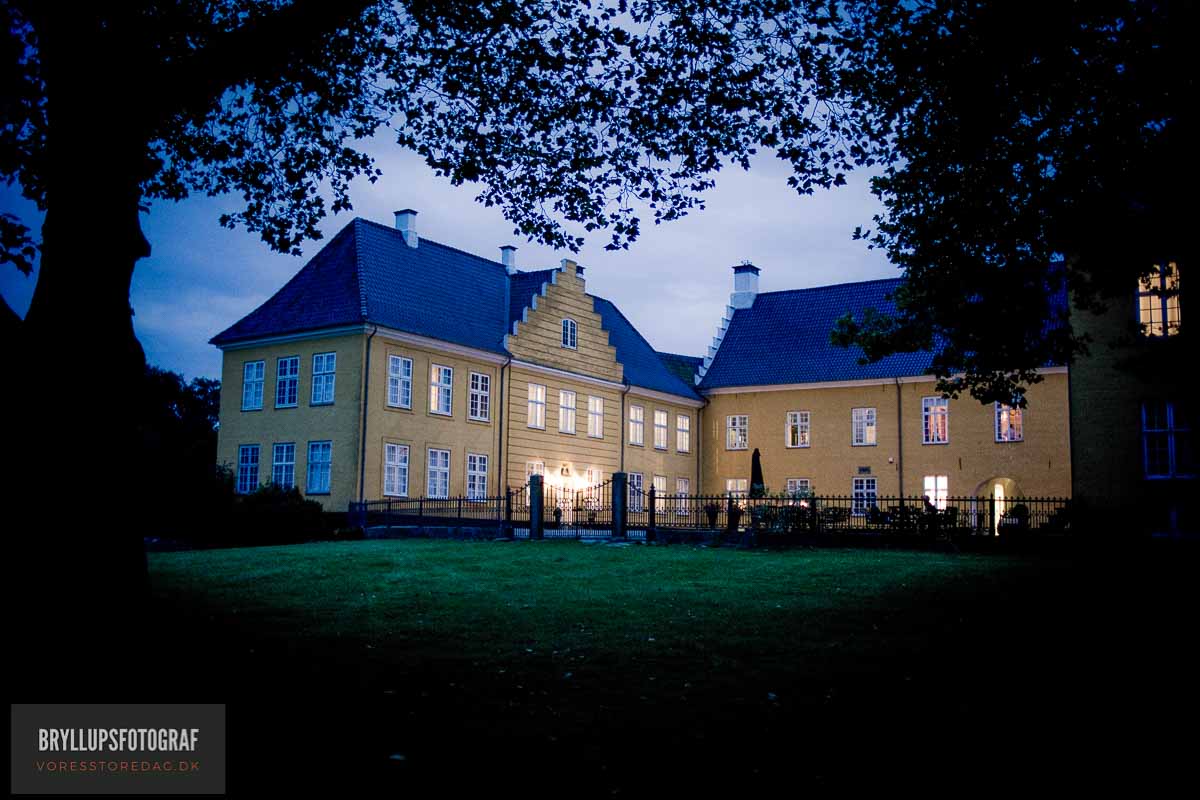
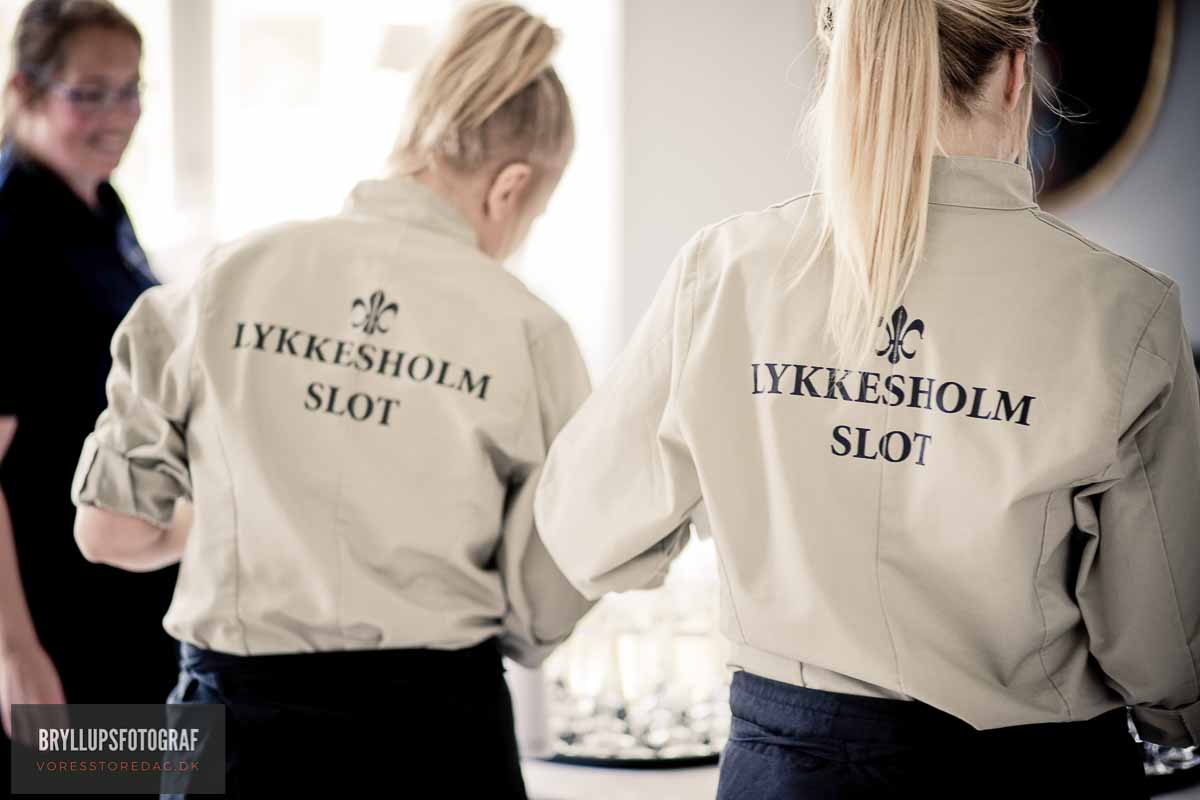
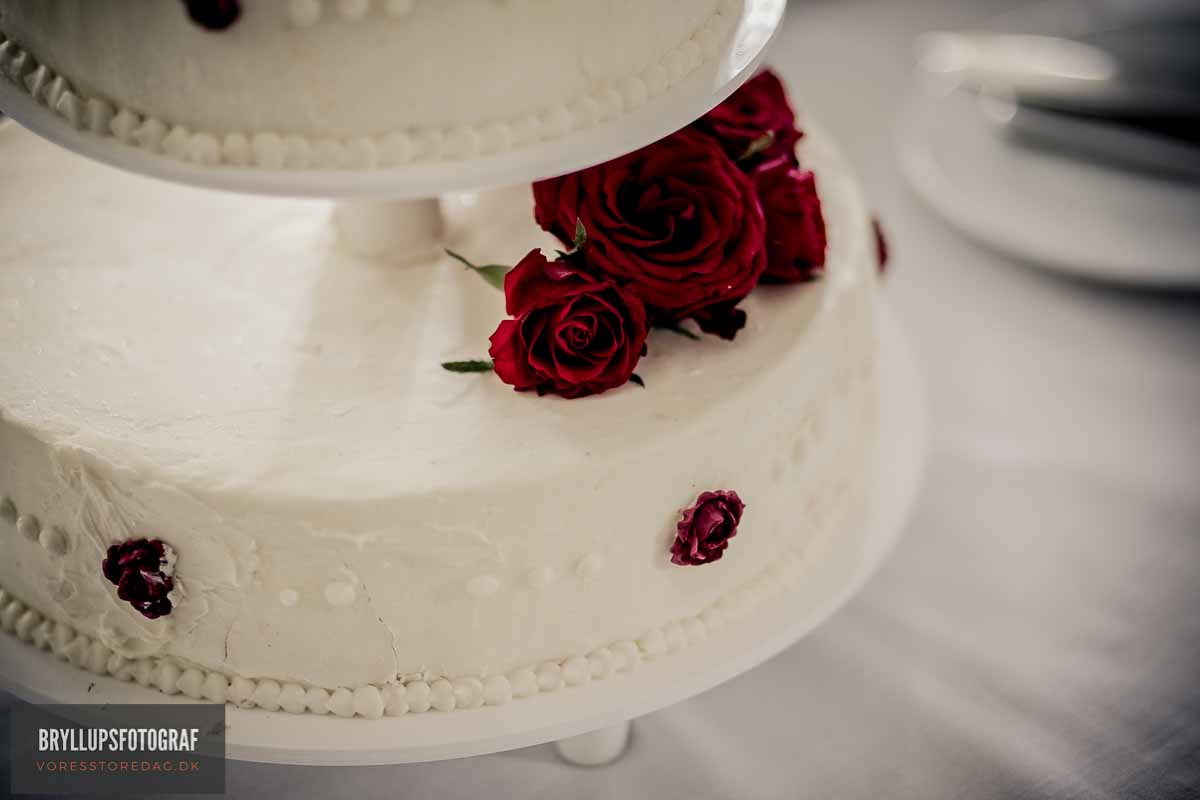
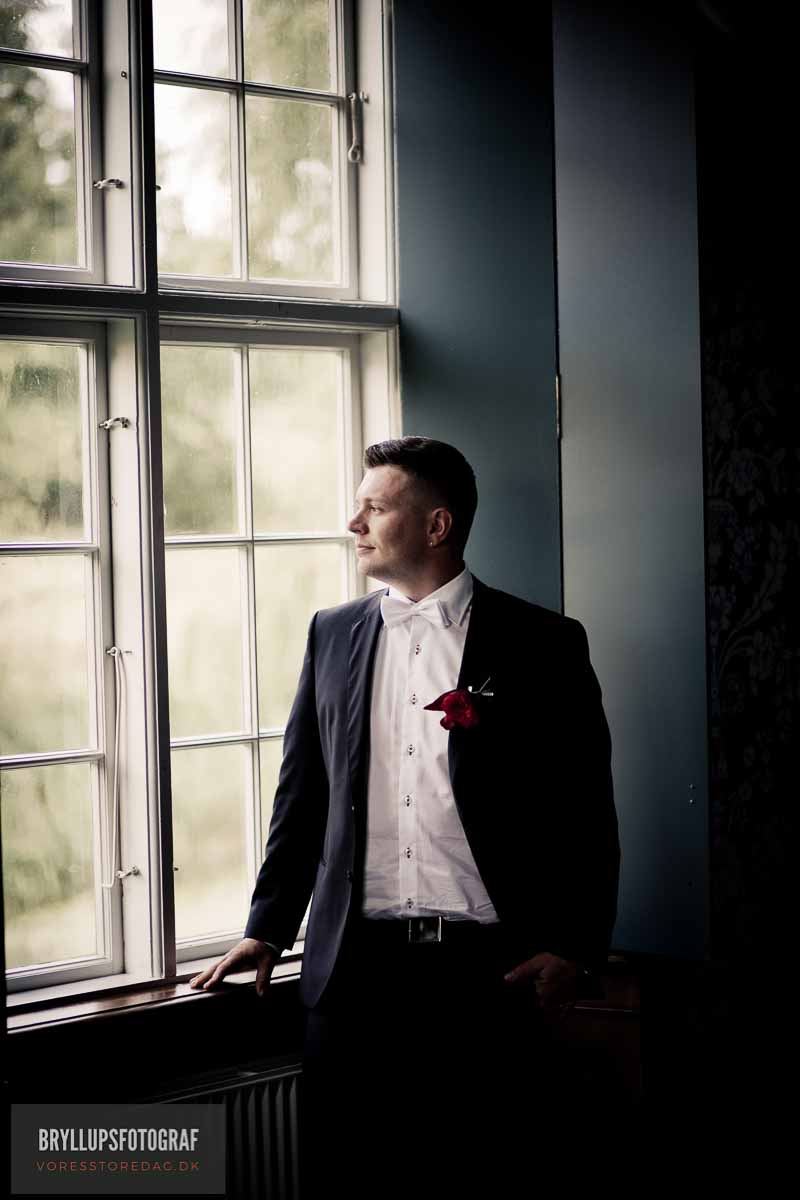
If you are planning a civil ceremony, you will only need to contact the town hall or courthouse. They can tell you who in the area is qualified to perform civil ceremonies, usually a judge or justice of the peace. You will want to meet with this person to determine if he/she is right for your wedding.
Interfaith ceremonies may require you to hold your ceremony outside the house of worship. Some religions are very strict on beliefs and marriage; talk with the clergy to find out what can be done. Seek out other interfaith couples and talk with them may give you leads on what to do.
Personalizing your Ceremony
Every relationship is different, so why shouldn’t every ceremony be different. Here are some ways to add uniqueness and individuality to your wedding ceremony without getting in the way of tradition.
To begin, your ceremony setting can add a lot of personality to your style. Outdoor weddings, at-home weddings and alternative ceremony sites can say a lot about the two of you!
The time of year or a holiday wedding can add special meaning. Just keep in mind; major holidays can sometimes limit your guest’s ability to attend.
The ceremony itself may have a lot of tradition and personal writings included. Speak with your officiant about your own vows or changes in the ceremony itself. These changes will have to be approved, and you may want to work with your officiant to create your own ceremony.
Reversing your positions at the altar, where you and your groom face your guests will give them (and you) a very different view of the ceremony.
At very small weddings, have your guests gather round you in a circle for the ceremony creating a circle of love.
Welcome your guests as they arrive to the ceremony site.
Create a wedding program that reflects your personality. For example, a bride and groom that were filmmakers listed their bridal party and participants as “The Cast”. The program listed each name, their role, and a brief bio on each friend with a twist of fun and thanks.
Include parents in the processional – this is a Jewish custom that can be used in any ceremony.
Deceased or divorced parents
When parents are divorced, remarried or deceased, you may need to rework your ceremony.
If your father is deceased or has not been involved in your raising, you may wish to seek alternatives to walking down the aisle. Walking down alone is an option, or having your mother, brother, sister, relative or close friend walk you down. Your children or that of the groom may also escort you, or you may choose to walk down on your groom’s arm.
If parents have divorced and you are close to both, it is still acceptable to honor your father by asking him to escort you.
If your parents are divorced and your mother is remarried, you may wish to include your stepfather. Having both fathers escort you can be a great option if they get along. You will want to discuss this with them.
Civil Ceremonies
A civil ceremony can be big or small event, with varying degrees of formality. You can include many traditions in the ceremony, depending on the officiant. What will probably not be included are references to god or religious services.
Finding an officiant to provide service, you may wish to contact the marriage license bureau in the town where you wish to wed. Family and friends may also know someone that is qualified.
When it comes to civil ceremonies, your location can be almost anywhere. Most civil ceremonies are performed in a judge’s chambers or a courthouse. You can use your imagination and have your ceremony on a beach, home, hotel, garden, historic site, on a ship in the ocean, or in a park.
The dress of a civil service can be tailored to the mood and setting of the service, also to your personal preferences. A formal suit or dress can be worn, or casual clothing.
Writing your own vows
You want to make your ceremony more personalized? You have dreamed of speaking your wedding vows that are straight from the heart and not the traditional “I Jane take you John…”
Here are some tips on writing personal vows:
Before you start dedicating a lot of time and emotion to the writing of your vows, talk it over with your officiant. The church or officiant may have rules or guidelines they must follow that may or may not allow you to personalize your vows. Your religious customs will play an important role in your vows, there may be wording you must include. Present your vows in writing a few weeks before your wedding to your clergy for approval.
Study the traditional wedding vows of your faith, are there meaningful words and phrases you want to keep and use? Read the Bible. There may be other passages you may wish to incorporate.
Your personalized vows should be just that, personalized. Writing your own vows gives special meaning to one another.
Include children from a previous marriage in your vows, or include a special vow that is given to them. Talk with your clergy about special ceremonies to include the children.
Keep the vows short. They should be under three minutes.
Practice, practice, practice! If you can, recite your vows from memory for the wedding. Provide your clergy a copy of the vows so they can prompt if you loose your thought.
Put your personalized vows in your program. This will allow guests to read them and know what was said.
Your personalized vows will show the strength of your love and reinforce your commitment to each other.
Writing your Wedding Program
You will want to discuss with your clergy about your program. Most traditional programs list the sequence of events and cast members along with other special people.
Programs can be professionally printed, photocopied or printed off a computer. You can color coordinate them with your invitation or your stationer may have a matching program. Check with them as to the many options available to you.
You will want to include in you program your full names, the time, date and place of the ceremony. Your clergy, parents, cast members, and other special wedding helpers. You may want to include an “In Memory” for deceased parents, grandparents or friends. You may consider writing a thank you for attending message to your guests and your new address if you can.
Your officiant will help you with wording and placement of your program, and he/she can suggest including explanation of religious or ethnic customs.
Ceremony Music
Music can lift the spirit and set the mood for your ceremony. Here are some tips on choosing your wedding ceremony music.
The best place to start is by talking with your officiant and your musician together. What music do they recommend and what music is objectionable. What types of fees are requested and what equipment and instruments are available for use?
Songs for the Prelude and Postlude
At a traditional religious ceremony, the music usually begins about 30 to 40 minutes prior to the prelude. Discuss the timing with your officiant and musician. You will want music played during the seating of guests.
After guests and the bride’s mother have been seated, there may be a solo or special music performed. Talk with your officiant about these choices. Some religions may allow only certain songs or music be played.
For the processional, you and your wedding party will want to walk down the aisle to joyous music. The more traditional songs are:
Trumpet Voluntary – Clarke
“Spring” The Four Seasons – Vivaldi
Allemande, G Major Suite – Pachelbel
Canon in D – Pachelbel
Wedding March – AKA ‘here comes the bride’
Your ceremony may have additional music with solos, a choir, taped music or organ music. Your officiant will help you select times for the music in the ceremony, the most common are times between readings and lighting of the unity candle. Just remember, the more songs you have in your ceremony, the longer the ceremony will take.
Talk with your officiant about special or non-religious music you would like played during the ceremony. He/she may request to pre-screen the music and approve its use. Keep in mind; you can always use this music as your first dance if the officiant feels it is not appropriate.
Your recessional should be bold and announcing. You may wish to leave to the tune of the “Bridal March” or “March no. 4” aka ‘pomp and Circumstance’ Talk with your musician to discuss options; he/she will have advice for you.
Postlude music usually consists of selections by your musician and will last until all guests are out of the sanctuary.
Unity Candle Ceremonies
The unity candle symbolizes the very essence of the wedding ceremony. Two taper candles represent the couple’s individuality. They are used to light a single center candle as a visible symbol of their commitment to each other. There are many variations on the ceremony and the individual details are completely up to you. Here are some ideas to help you as you plan your own ceremony.
A Christian Unity Candle Ceremony
The text of this unity candle ceremony mentions the meaning of the unity candle and taper candles, as well as the significance of the entwined cross and rings. Today, [Name] and [Name] make a loving commitment to follow the greatest Commandment of all: “Love one another, as I have loved you.” They do this in hopes that their union will become a symbol of God’s promise to merge two lives into one.
The two distinct flames represent your lives to this moment; individual and unique. As you light the center candle together, the entwined rings symbolize your two lives joined in dependence and growing maturity. Your plans will be mutual, your joys and sorrows will be shared alike. The cross is a reminder of your faith in the Lord who enriches your marriage in every way.
Extinguish the two, and you are forever united in God’s love.
Humanist Ceremony
This ceremony signifies the heritage each is bringing to the marriage and the blending of these two heritages.
Those who have passed beyond this life share our community in a different way. Their roles in the lives of [Name] and [Name] are no less remembered and honored as we savor today’s joyous moments. Join with us, then, in fond memory of all these people, and in particular [Names of deceased family and friends]. In their memory, let us be silent together.
In all the quiet of this very special moment, we pause, also, to give thanks for all the rich experiences of life that have brought [Name] and [Name] to this high point in their lives. We are grateful for the value in which they have found by their own strivings. We are grateful that within them is the dream of a great love and the resources to use that love in creating a home that shall endure.
We are especially grateful for the value in which has flowed into them from those who have loved them and nurtured them and pointed them along life’s way. The heritage each brings to this marriage will continue to be an important element in their lives, but now will be shared between them. In commemoration of the merging of these two rich heritages and in memory of those, living and dead, who were part of these heritages, I now invite [Name]’s parents and [Name]’s parents to bring forth lighted candles, representing each of the families of this couple.
[Name] and [Name] will now light the flaming chalice with these candles, symbolizing the union of their two families in this marriage and the rich heritage each brings to it.
As [Name] and [Name] light the chalice, they do not extinguish their flames. Although they are embarking upon a new and unique relationship in the union of their lives in marriage, they, nonetheless, retain their own separate and unique identities and personalities.
Note: The parents of the couple each obtain a lighted candle from opposite sides of the front of the sanctuary or room in which the wedding is taking place, lighting it from stationary candles that have been burning throughout the service. They, in turn, present the lighted candles to their respective child. The couple then jointly lights the flaming chalice at the center of the sanctuary. This ceremony signifies the heritage each is bringing to the marriage and the blending of these two heritages. If the third paragraph is used, the candles are not extinguished as the chalice is lit, but are placed in holders alongside. Appropriate music should accompany this ceremony.
Spiritual Ceremony
Performing over 50 unique weddings per year, Joyce Gioia specializes in providing couples with very spiritual, customized wedding ceremonies. Incorporating as much or as little religion as each couple dictates, she works with them to design and craft ceremonies that are a reflection of how they feel about God and each other. Here is the text of one of Dr. Gioia’s unity candle ceremonies:
Now, we’re going to engage in a ceremony of spiritual symbolism. Ancient sages tell us that for each of us, there is a candle, a symbol of our own Inner Light, but that no one can kindle his or her own candle. Each of us needs someone else to kindle it for us.
When two people fall in love, they kindle each other’s candles, creating great light and joy and glorious expectations.
Now, [Name] and [Name], I’d like you to remember when it was in your relationship that you first realized you were truly in love and wanted to spend the rest of your lives together. And holding that thought . . .
[Name], take this candle, symbol of the inner light in [Name], light it by the eternal light, with the dedication to rekindle it again and again, whenever necessary. And [Name], take this candle, symbol of the inner light in [Name], light it by the eternal light, with the dedication to rekindle it again and again, whenever necessary.
With these candles, we can see how to achieve a beautiful marriage. In your marriage, you will try to bring these lights, the symbols of yourselves, closer and closer to each other, until they become [join the flames] one great torch of light; a radiant symbol of love, joy, peace and harmony. [hold flames together] This is the mystery of the union two becoming one.
Yet, it is vitally important to remember that there are always really two [divide the flames] in a marriage, each with his or her own desires, yearnings, dreams and wishes. And these must be respected and responded to with great love, with great compassion and with genuine tenderness.
We know that it is the prayer of your beloved, as it is the prayer of each of us here, that you will continuously light these candles of love, so that there will always be light and joy, peace and harmony in your hearts and in your home.
Please kiss each other.
About the Author Dr. Joyce Gioia performs all kinds of weddings, including Catholic, Protestant, Jewish, Interfaith, Co-Officiated, Humanist, Native American, Civil, Buddhist, Moslem and any combination thereof. Her multicultural wedding ceremonies are often enhanced by her competency in other languages.
How to Prepare for your Candle Ceremony
Before the ceremony begins, place the unity candle on a small table near the altar. If you have an on-site coordinator who may have specific instructions, be sure to check in advance. To prepare for the ceremony, it is a good idea to light the wicks for a moment. (We know you won’t be nervous or anything…but just in case, your candles will light much more easily.) Oh, and who’s got the matches?
There are several popular options for lighting your taper candles. You can have your parents come forward to light the side tapers as a symbol of your two families coming together as one. At this point, some couples choose to present their mothers with a rose. If you wish, the minister or best man and the maid of honor can light the tapers. Or, you may light the tapers yourselves from a candle on the altar.
To Extinguish or Not To Extinguish…
When it comes to your unity candle ceremony, that is often the question! While some folks feel that you should extinguish the candles to symbolize your commitment to one another, others argue that to emphasize your individuality within your union, you must leave the tapers lit.
Whether or not you extinguish the taper candles is a personal decision and, like many aspects of your wedding planning, is entirely up to you.
If you choose to extinguish your tapers, try this reading…
As [Name] and [Name] together light the center candle, they will extinguish their own candles, thus letting the center candle symbolize the union of their lives. As this one light cannot be divided, neither will their lives be divided. If you’d prefer to leave your tapers lit, try this one…
[Name] and [Name] come into their marriage relationship as individuals and they do not lose their identity, rather they use their individuality to create and strengthen the relationship of marriage. Therefore, the three candles remain lighted, one for each of them and one for their marriage, as symbols of their commitment to each other and to a lasting and loving marriages.
